How to check water hardness - convenient and quick ways
You can determine the hardness of water at home by obvious signs: deposits on dishes, a cloudy film in a glass of tea, incorrect operation of appliances. Accurate analysis is carried out in laboratory conditions.
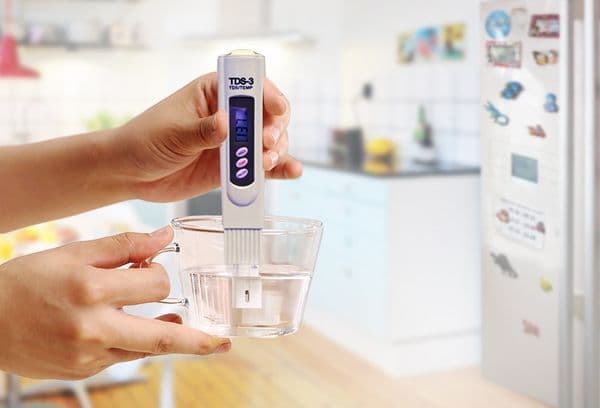
What is water hardness and why it needs to be determined
The hardness of water is affected by the content of alkaline earth metal salts in it, in particular calcium and magnesium. The positively charged ions of these minerals are dissolved in water and affect its characteristics. The less salts the water contains, the softer it is.
There are two types of rigidity: temporary and permanent. In the first case, the problem is easily solved by boiling. In the second, the task arises of how to make the water soft: you will have to resort to purification filters or other methods.
Water hardness is indicated in degrees and mg-equivalents per 1 liter.
1 mEq/L is equal to 20.04 mg calcium and 12.6 mg magnesium.
Permissible hardness limit:
- in the countries of the former USSR - 7 mEq/l;
- In Europe - up to 1.2 mEq/l.
There are three categories of water based on degrees of hardness:
- Hard - more than 10°F.
- Medium hardness - from 2 to 10 °F.
- Soft - up to 2 °F.
Interestingly, even moderate water hardness causes discomfort.
Why do you need to check the hardness of tap water? When a person regularly drinks low-quality drinks, problems such as stones in the kidneys, liver and gall bladder arise. Determining the hardness will allow you to adjust the indicator to the norm and use the resource without fear.
An indirect sign of water hardness is not only limescale deposits on the kettle and dishes, but also incorrect operation of appliances - dishwasher, washing machine, coffee machine. When a faucet leaks, traces of water stone appear on the plumbing. Purified water will extend the life of household appliances. You can check water hardness in the laboratory, as well as at home.
How to test water for hardness in the laboratory
Laboratory analysis is the most reliable way. Hand over the water to the sanitary and epidemiological station. There, a specialist will find out not only the level of hardness, but also identify the content of harmful components: nitrates, hydrogen sulfide, pesticides, organic impurities, iron, etc.
How to collect water for analysis in the laboratory:
- Drain the tap water within 30 minutes. This will prevent stagnant liquid from entering the sample. There will also be metal particles released that may fall into the water from the pipes.
- To collect, you need to prepare a clean plastic or glass bottle. Carbonated drink bottles are NOT suitable: residual gas and dyes will distort the analysis result.
- Pour the liquid into the container in a thin stream, up to the neck.
- Tighten the plug tightly.
- The sample must be delivered to the laboratory within 2 hours in a sealed bag.
Alternative verification methods
Unfortunately, it is not always possible to deliver water to the laboratory in the required time: remoteness, traffic jams, personal busyness.
Simple tests to determine water hardness at home:
- Brewing loose leaf tea. If the infused drink becomes cloudy, viscous and covered with a film, this indicates a high content of calcium and magnesium. A metallic taste also indicates low quality.
- Soaping hands.If foam forms instantly, then the water is quite soft; if not, there is a high salt content. It is better to check with laundry soap. Foam will appear when the soap binds excess calcium and magnesium salts.
- If the dishes are difficult to wash and the clothes are not washed, this is a signal that it is time to soften the water.
- The transparency of water is a clear sign of its quality. If the text on a newspaper is easy to read through a glass filled with water, then we can talk about normal hardness.
- Drop water onto clear glass and wait for the drop to evaporate. If there is a trace left, the water is hard.
- Another test: dissolve potassium permanganate crystals and see if it has acquired a yellowish tint. With normal hardness this will not happen.
Taste test: Pour water into a clean container and boil for 5 minutes. Cool to 25 degrees. Try the water: if there is a bitter taste, it contains an excess of magnesium salts; a tart taste is a sign of high iron content. The gypsum component in water is defined as a sweetish taste.
Simple foam test:
- Prepare three samples: two bottles of store-bought water with different hardnesses and one from the tap.
- Pour an equal amount of soap shavings into the container and shake.
- Measure the height of the foam with a ruler and compare the samples. If tap water produces less foam than bottled water, then it is of lower quality.
Those who need a more accurate result, but who have no intention of going to the laboratory, should pay attention to the TDS-3 water hardness measuring device. The device requires skill to operate, but the instructions make it quite easy to understand the principle of its operation.
How to check water hardness in an aquarium
Water hardness affects the lifespan of aquarium fish.Since the water in a pet aquarium is changed frequently and is taken from the tap, it is worth examining it to determine its salt content. Often, without any tests, it is clear that it is of poor quality: just pay attention to the condition of the fish.
The magazine purity-en.htgetrid.com warns that different types of fish require certain salt levels. Some inhabitants are only suitable for soft water.
The pet store sells special indicator strips. When immersed in water, they change color depending on the amount of impurities. According to the instructions, match the color of the strip and the degree of water hardness. It is better to test with several samples. The difficulty is that high-quality indicators are produced in Europe, which means that the indicators will have to be converted into Russian units of measurement.
Water quality control should become a mandatory procedure in the home. Determining the degree of hardness will allow you to choose the right filter for cleaning. With this information, you will accurately measure anti-scale agents for your washing machine, set up your coffee machine and protect yourself from many health problems.
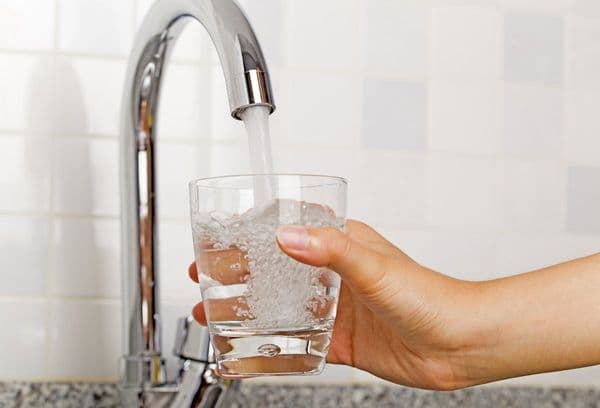
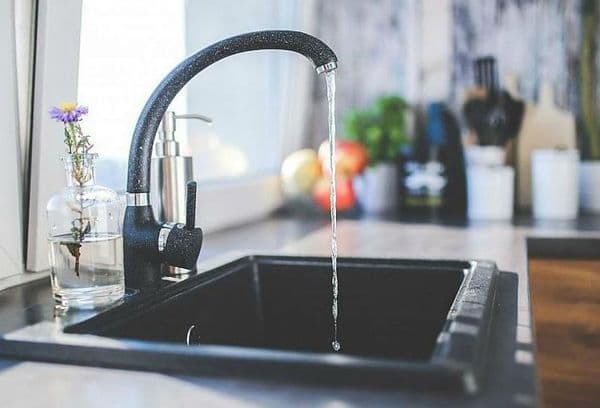
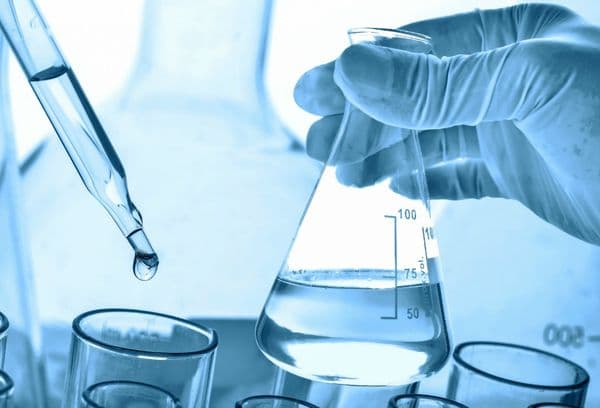
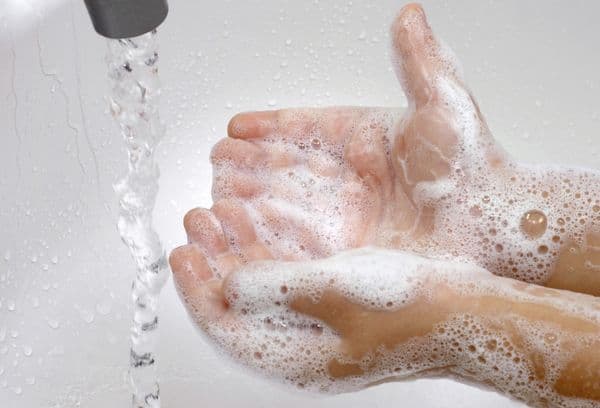
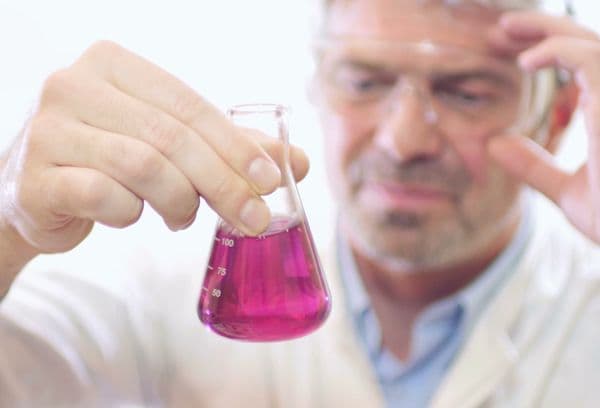
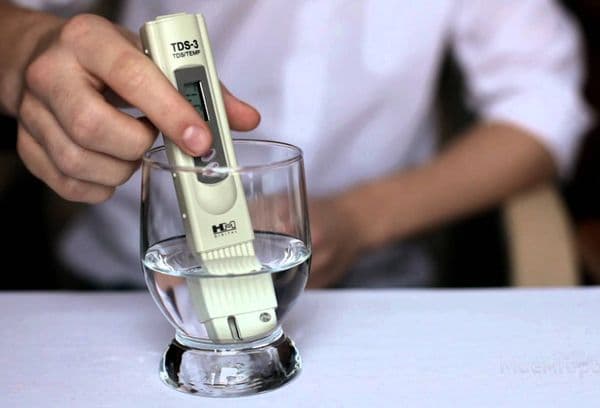
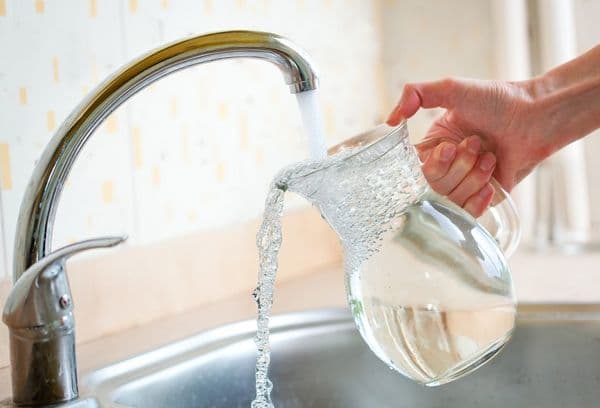
I tested the tap water with almost all the tests from the article. The water is hard. Now I'm studying the issue with filters.